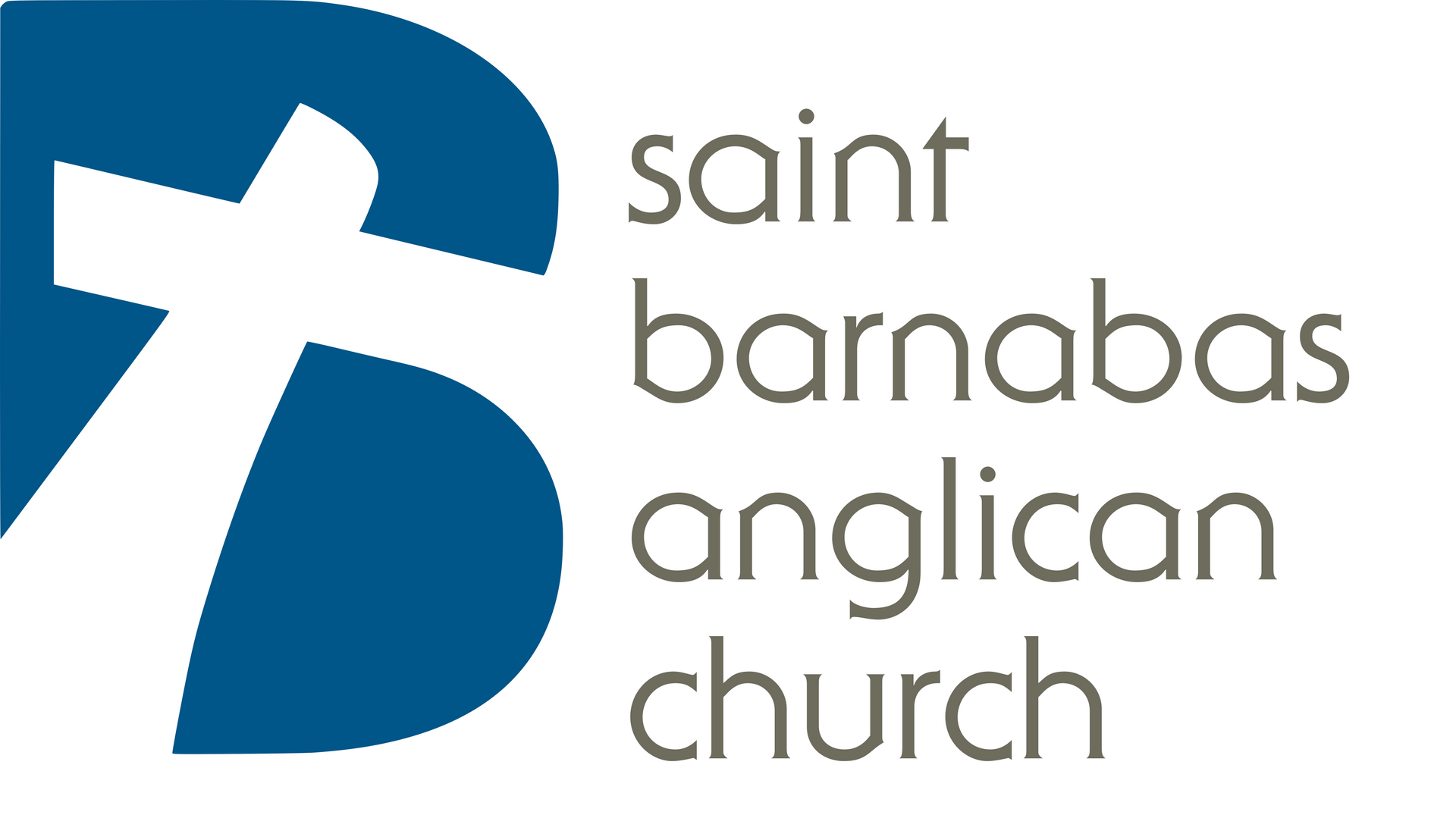Asking Why - Why all the bowing and crossing of oneself during the service?
This series of articles will cover a number of topics addressing various practices we have within Anglicanism. Many broad questions will be tackled, however if you have a specific question, please email me at andrew.petta@gmail.com.
Why all the bowing and crossing of oneself during the service
As we enter the church, there are numerous reminders of baptism in the holy water stoops and baptismal font. These serve to remind us of our own baptism, wherein we began our journey with Christ having been cleansed from the guilt of original sin.
Many take the opportunity to physically recall this reality by touching their fingers to the water and making the sign of the cross over themselves. Such acts are intended to aid one in their own devotion, but are not required nor expected of all.
During the service there are many traditional places for crossing oneself as well. Many do so at the opening acclamation as we begin by blessing the Lord. It sets our frame of mind as we gather for worship. We remember that it is not about us, rather about blessing, worshipping, and encountering God.
Some find this sign helpful as they enter into worship, crossing themselves at the end of the Gloria, which concludes with 'in the glory of God the Father', as a reminder of the One we have come to adore at the end of this song of praise.
The theme of blessing Jesus is continued by some as they make the sign of the cross over themselves during the Sanctus, or Holy, Holy, Holy, blessed is He who comes in the name of the Lord. You may want to explore this yourself in the Book of Common Prayer.
There are a few other reasons for crossing oneself. One is when the gospel goes forth into the congregation and is announced. Many make a small cross on their forehead, lips, and heart. This symbolizes that the gospel should be in our mind, professed by our mouth, and take root in our hearts.
Also, any time there is reference to the hope we await in the resurrection of the dead and life everlasting, many may cross themselves to recall what they await as Christians (i.e. at the end of the Nicene Creed).
Lastly, whenever a blessing or absolution (forgiveness) is pronounced, many cross themselves as an act of receiving what has been spoken. For a similar reason, whenever the word sanctify us is spoken, many choose to cross themselves as well.
As another act of devotion or reverence, many bow also within the service too. As the processional cross passes bowing reflects the understanding of the means by which we have attained salvation through Jesus' death upon the cross.
Some may bow during points in the Gloria when the word or phrase worship, have mercy upon us, or Jesus arise. The nod or slight bow is a way some choose to physically engage with the words they proclaim and say.
Bowing to worship is an ancient custom, which was often reserved as an act of obeisance to a king and many began to carry this over into the church to show such devotion to our heavenly king at the mention of his Name (see also Philippians 2:10).
Furthermore, it is done when we are asking for mercy from our Judge. It is for this reason you may also see bowing at the general confession as well (Most merciful God, we confess...).
Again, these physical signs are not required of anyone. However, for some, engaging their whole body enables them to enter into worship more fully.
Many engage the whole body in a sporting event, when a touchdown is scored, or foul called, as they are invested and excited. So too, we are called to invested, engaged, and excited to meet our Lord. And using these actions may facilitate this more fully for some.
The goal of course is not to do the actions because the priest or others do them, but to find ways that assist you in your own worship and praise.
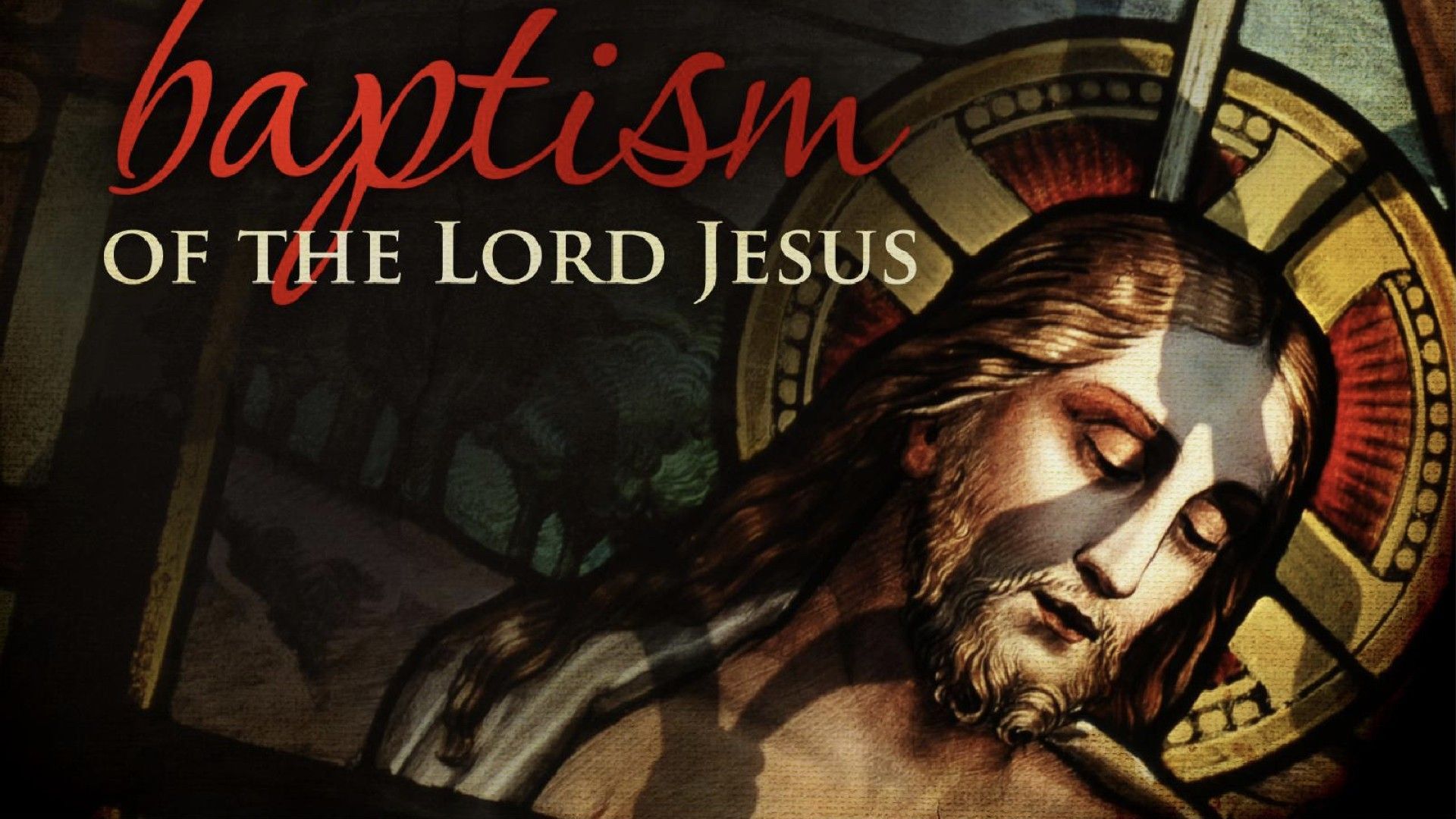
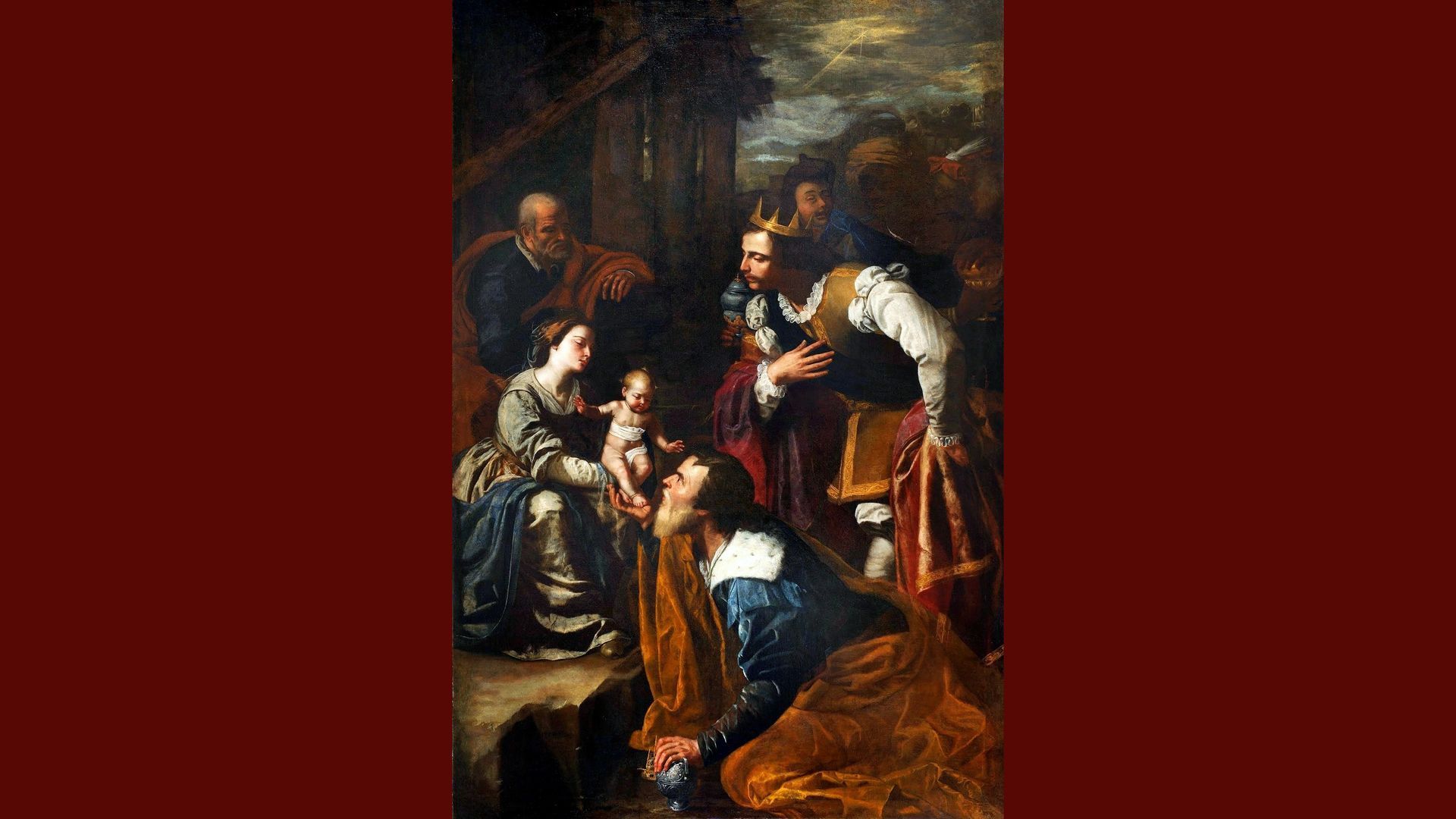

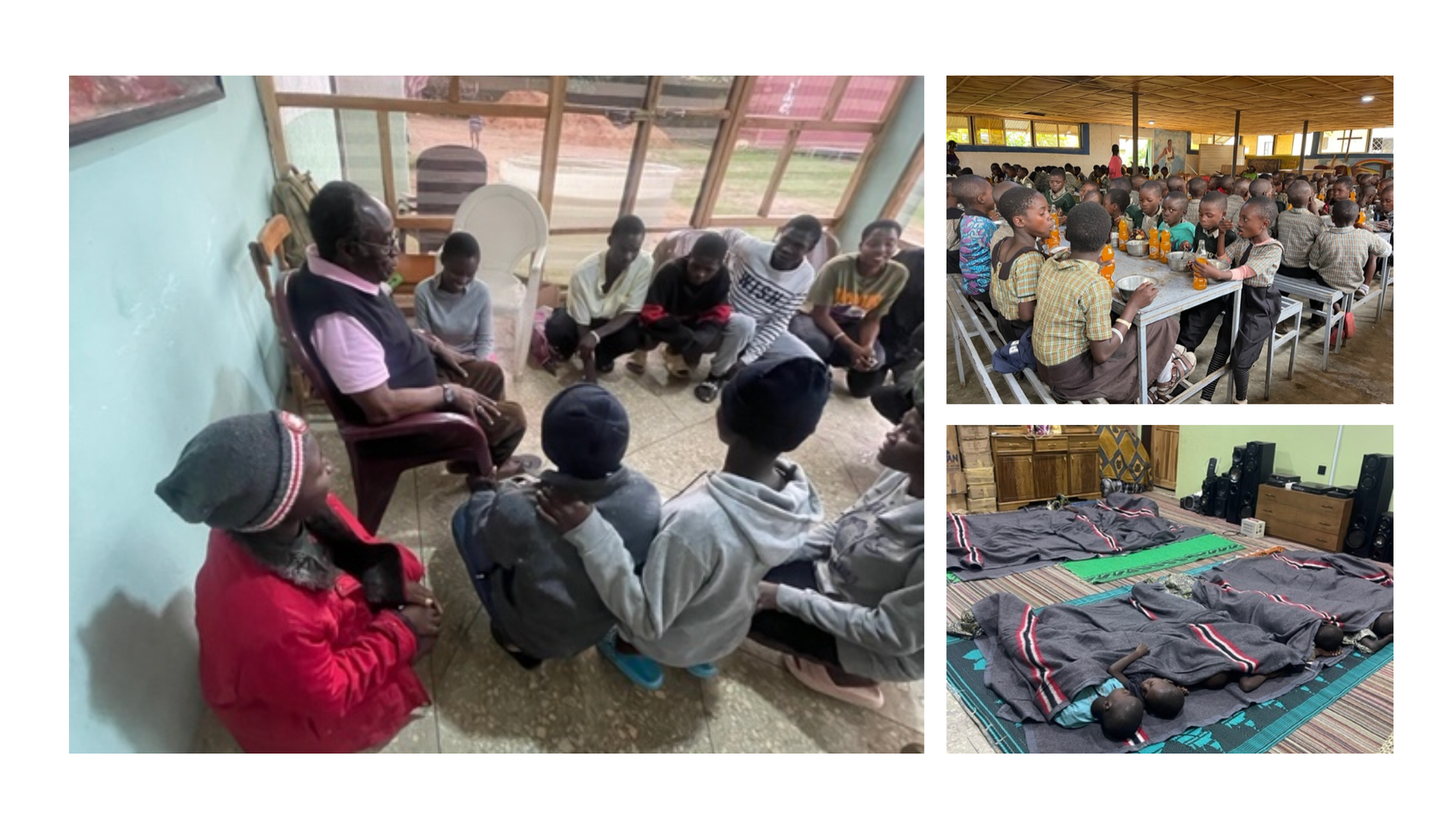
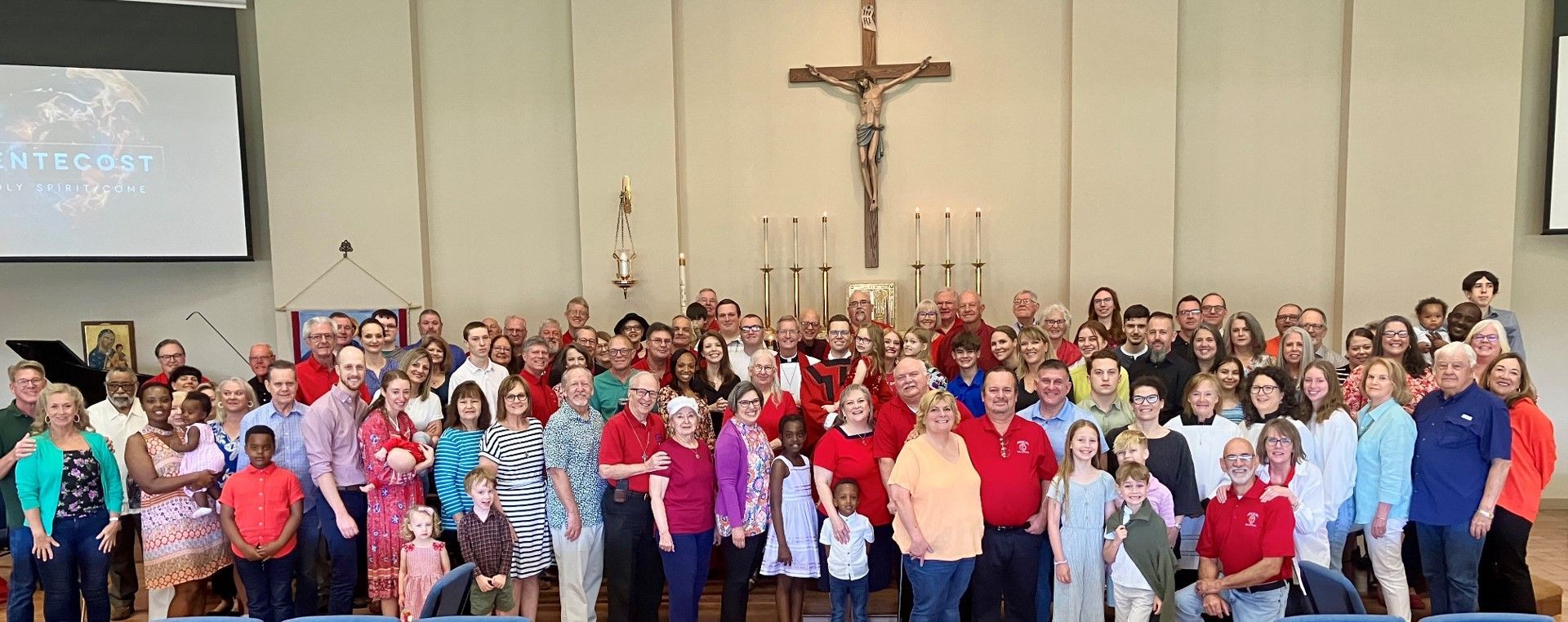


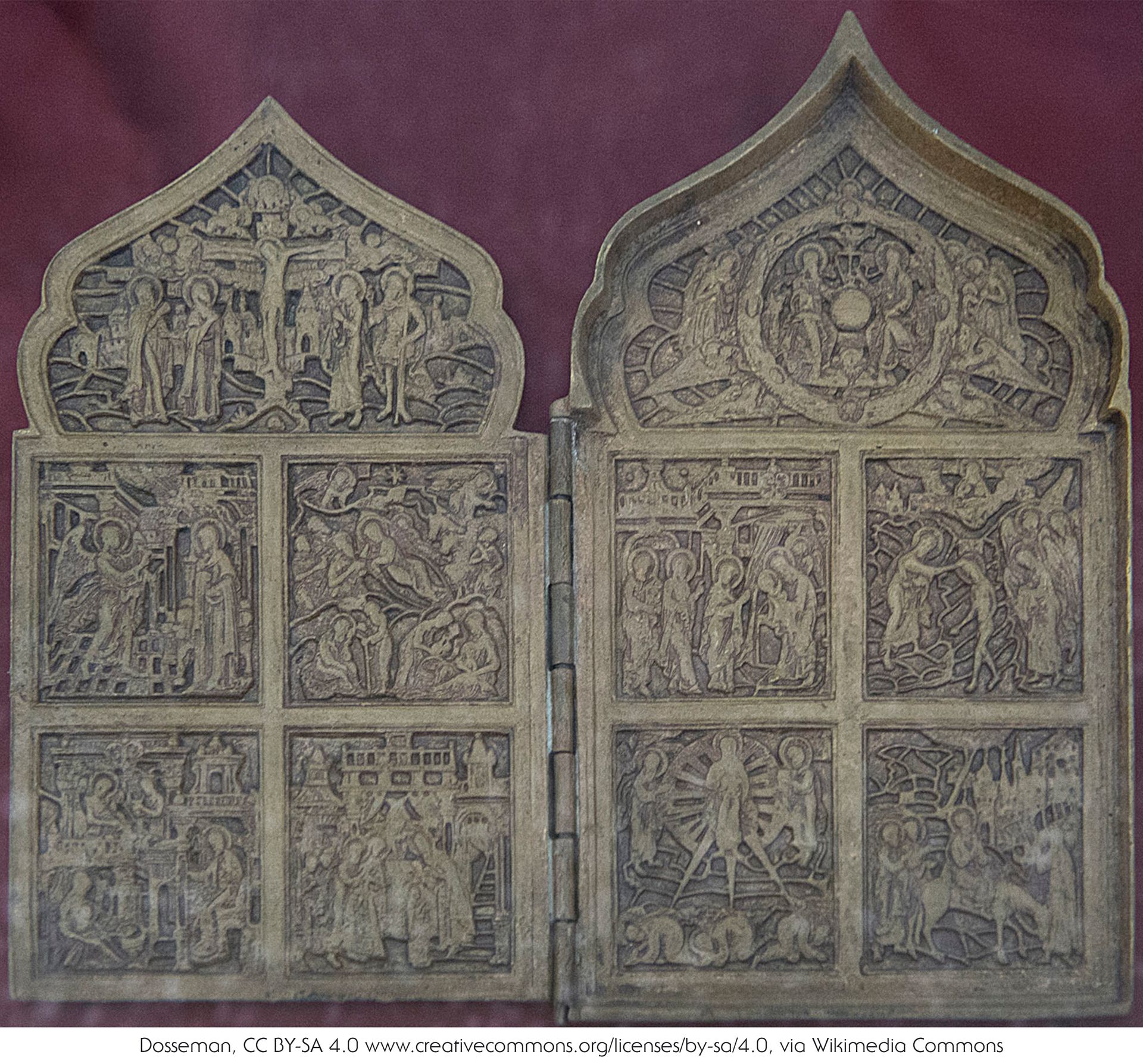

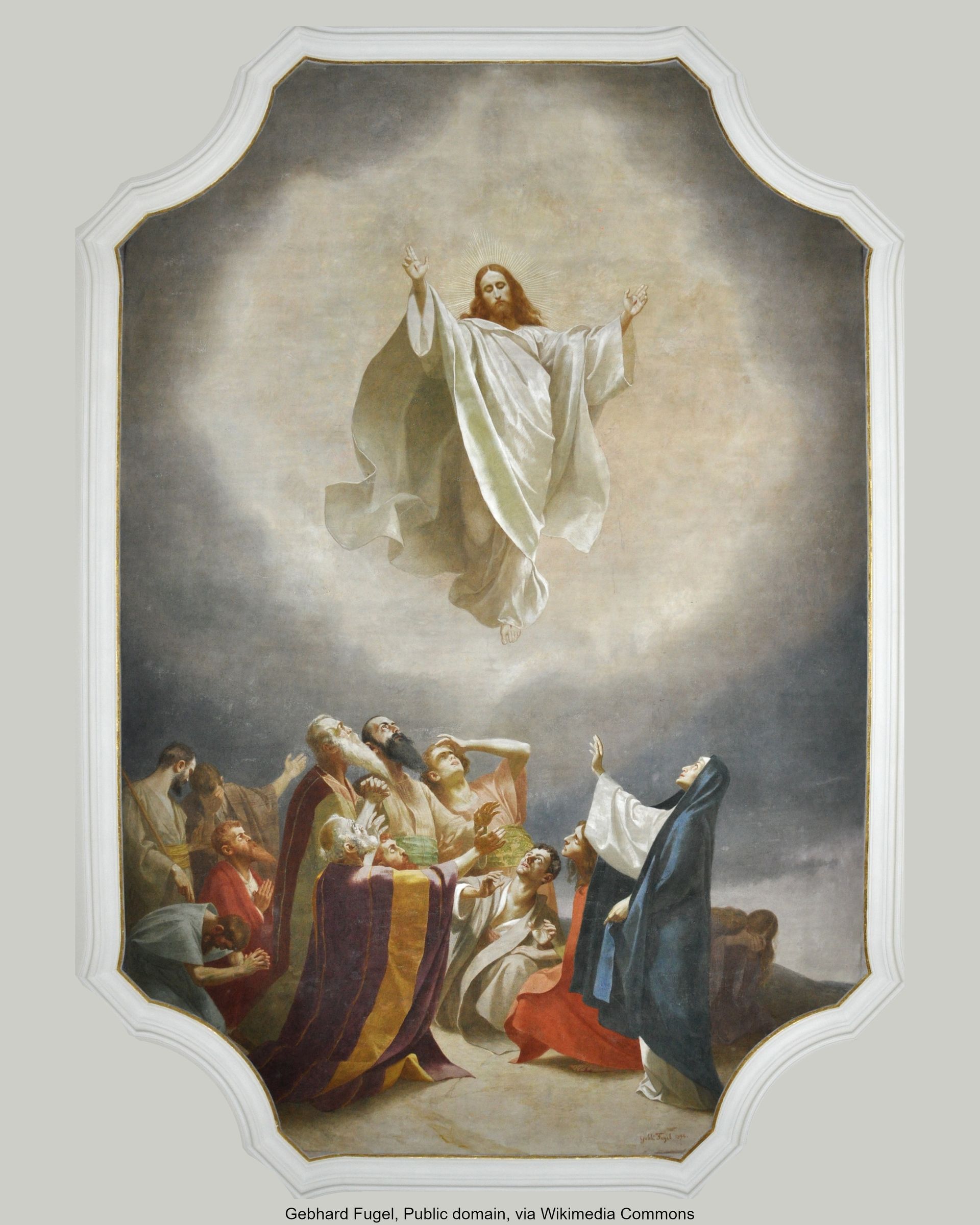
BROWSE OUR SITE
© Saint Barnabas Anglican Church Fort Worth


